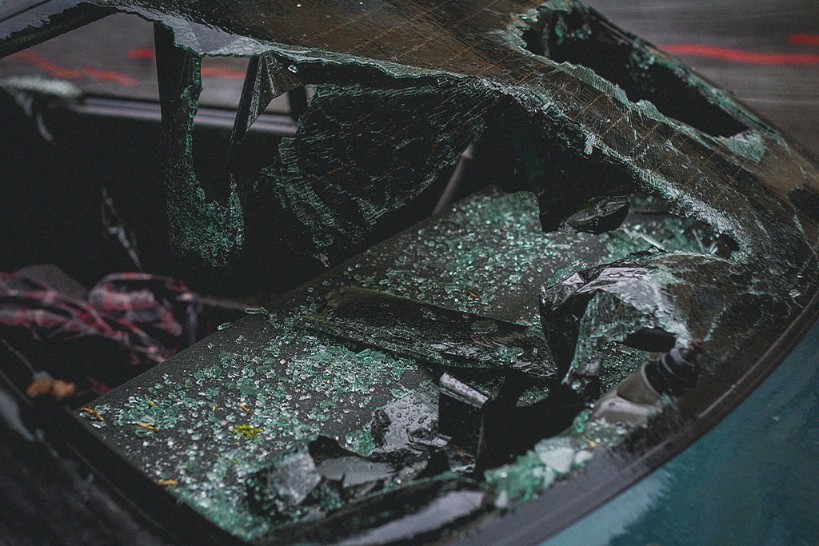Navigating Car Accidents in Florida: What You Need to Know

Accidents happen, and car accidents can be particularly stressful and overwhelming. If you’ve been involved in a car accident in
What to Do After a Car Accident: A Step-by-Step Guide

Car accidents are sudden and stressful events that can leave you feeling shaken and unsure of what to do next.
The Dangers of Texting While Driving: Why It’s Not Worth the Risk

n today’s fast-paced world, staying connected is more important than ever. However, this need for constant communication has led to a dangerous habit: texting while driving.
Psychological Effects on Car Accident Victims

Car accidents are distressing events that can have lifelong emotional and psychological effects on those involved.

